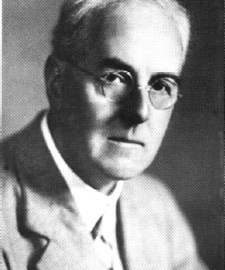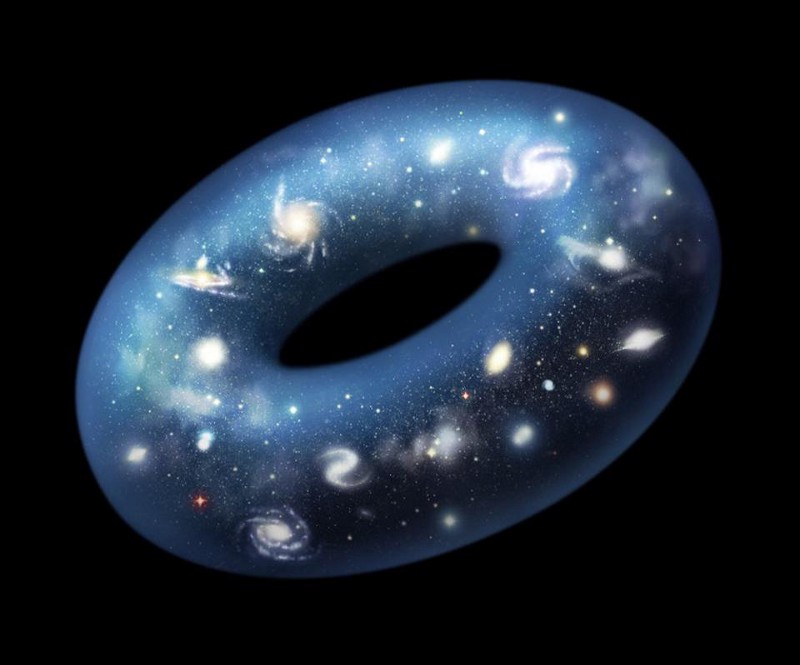What Complexity Theory Owes to Pacifism

Some time in the early 1960s, the mathematician Benoît Mandelbrot was asked by a university librarian to give his advice about some dusty journals no one consulted—should they be thrown out? In one of these, an issue of General Systems Yearbook, a paper described how badly the smooth mathematical functions of curves and straight lines were fitted to the real world’s squiggly, irregular shapes.
The author, the English physicist Lewis Fry Richardson, had wanted to measure the precise length of national borders. But surveyors’ tools smoothed out the wriggly shapes of such boundaries: If you make a straight line out of the border between Portugal and Spain, for instance, you lose precision about its length, in the same way that you would if you were to round up the price of your lunch from $5.89 to “about six bucks.”
The consequence of this sort of “rounding up” is that the length of the border will depend on the instrument being used to measure it. The shorter each unit of measurement, the longer the border would turn out. Which meant that conventional geometry, when asked “how long exactly is the west coast of Britain?” couldn’t give a final answer. Of course, some borders are more irregular than others, and Richardson had expressed that degree of irregularity mathematically as a precise but fractional number, greater than 1. For example, the Portuguese-Spanish border’s degree of irregularity, Richardson calculated, was 1.14.
Mandelbrot had long been interested in these un-smooth shapes, but his mathematical colleagues had dismissed his ideas as exotic curiosities. Here, he realized, was a real-world example of the importance of the subject. A few years later, he published a paper in Science in which he treated Richardson’s “degree of irregularity” as a dimension. In the earlier scientist’s calculations, he wrote, you could see why it was both practical and important to develop a math that could treat such “fractional dimensions.” We know them today as fractals, and we know Mandelbrot as their pioneer.
The defining trait of fractal forms is that each piece is like a miniature image of the whole: ten yards of coastline will exhibit the same irregularities as ten miles. One way to express this fact is to say that fractal forms obey a power law: each point on a fractal curve is related to the others in the same way, whether the scale be an inch, a foot, or a mile.
From Richardson’s interest in national borders, then, we get Mandelbrot’s breakthrough introduction of fractal geometry to the world. Fractals greatly spur interest in power laws. From that work on power laws, we get yesterday’s Nature paper which proposes a power law in data about guerrilla war, which can help us understand those conflicts.
But here’s the odd thing: Richardson’s interest in national boundaries was motivated by his desire to explain war by equations. Complexity theory, when it turns to organized violence, isn’t branching away from its origins. It is coming home.
Known today for having figured out the mathematics of weather forecasting, Lewis Fry Richardson volunteered to drive an ambulance in the first World War. His experience on the front convinced him he should turn his tools to forecasting a different kind of complex system: the one whose pushing, pulling forces somehow caused millions of people to end up armed and uniformed, spending years trying to kill one another.
Richardson was a Quaker, a pacifist and a scientist to the core. The delusions and mass emotions of wartime never held him (in fact, he burned some of his work on turbulent fluids, lest it be used in poison-gas research). “Everyone admires a soldier’s courage,” he wrote, “and if he is on their side they see nothing else. If he is on the other side his cruelty fills the foreground of the picture. It is as if every soldier had courage printed across his back and cruelty across his chest.”
Richardson always hoped that well-performed science could be an antidote to delusions about warfare (“Counting,” he said, “is an antiseptic against prejudice.”) So he spent four decades of his life on the mathematical analysis of “deadly quarrels.” Almost nobody cared, which probably didn’t surprise him. In this life, he once said, “some of the best work passes unpraised.”
Then, yesterday, his approach was on the cover of Nature.
For once, let him not go unpraised. The 21st century’s increasingly varied use of fractals, power laws and complexity theory has its roots in his patient, noble efforts to prevent war.




